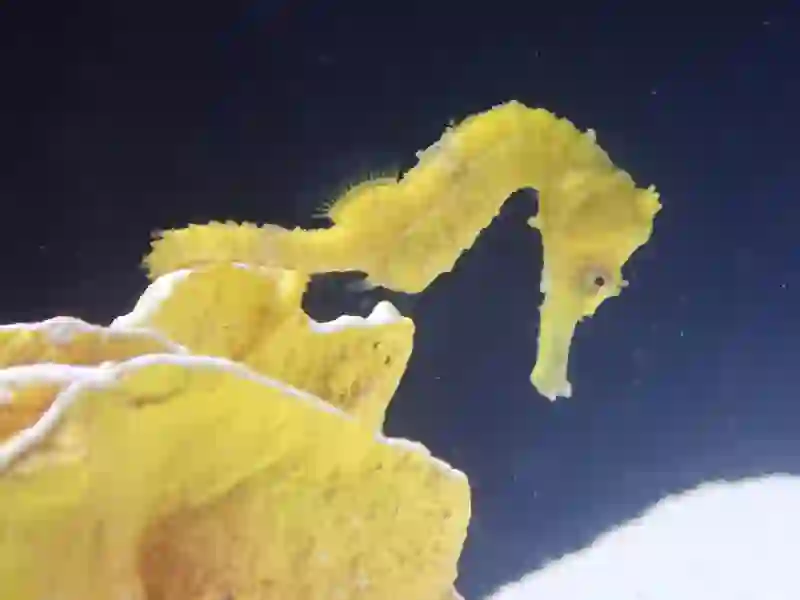Seahorse
The Syngnathidae family, which also contains sea dragons, is home to the unusual and intriguing seahorse. They are easily recognized by their coiled tail, curved nose, and horse-like skull. In order to preserve health and species integrity, these characteristics are meticulously maintained at a professional seahorse factory through regulated seahorse breeding operations.
Seahorses live along coastlines all throughout the world, especially in tropical and temperate waters, and have a bony exterior structure in place of scales. Experts have mastered the art of simulating these natural habitats in captivity via years of perfected seahorse breeding, guaranteeing consistent population growth and great survival rates.
- Look: Seahorses may blend in with coral and seagrass thanks to their wide array of vivid colors, which include yellows, oranges, browns, and blacks. Their prehensile tails allow them to cling to surfaces, and their little dorsal fin powers their swimming. These settings are replicated in a contemporary seahorse factory, allowing each generation to develop its natural behavior and coloring.
- Size: There is a wide range in size; some species are only an inch long, while others can grow up to 18 inches. Proper growth and health across many life phases are ensured by careful monitoring throughout seahorse breeding.
- Reproduction: The male seahorse carries the fertilized eggs in a pouch, which is a distinctive reproductive mechanism. In many seahorse breeding facilities, when ideal conditions are offered to support male pregnancy and successful hatching, this role reversal is a focal point.
- These creatures are masters at disguise. They can replicate their environment by growing skin filaments and changing color. To encourage these tendencies and lessen stress in confinement, a professional seahorse factory combines structural tank designs and natural lighting.
- Diet: Seahorses are naturally carnivorous, consuming zooplankton and small crustaceans. They can identify and suck up prey thanks to their large snouts and keen vision. A seahorse factory's feeding procedures are made to closely resemble the diets of wild animals.
- Conservation: Overfishing and habitat damage are only two of the several environmental concerns that seahorses must contend with. CITES Appendix II contains a list of all species. Responsible seahorse breeding in accredited facilities promotes sustainable trade and lessens the strain on wild populations.


